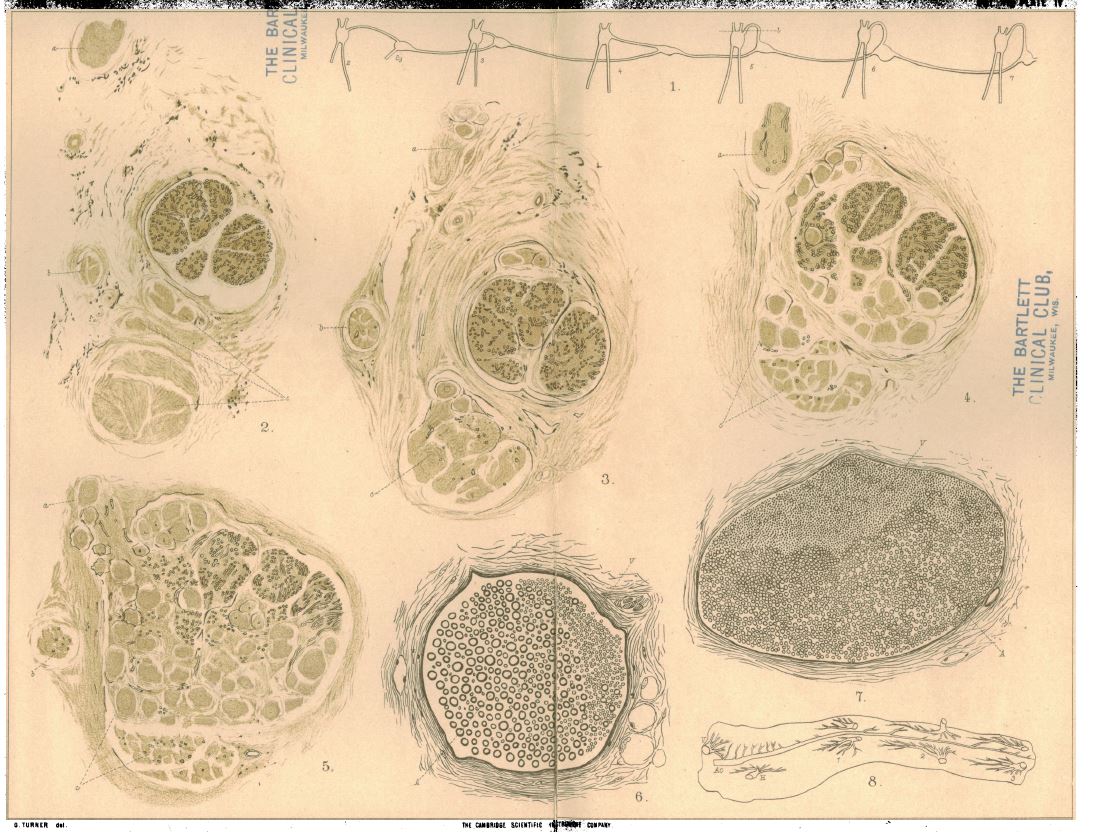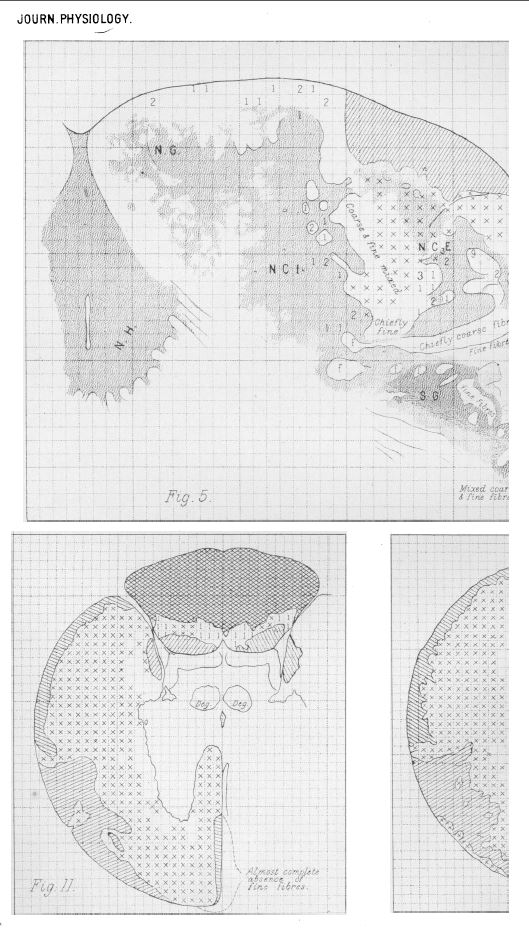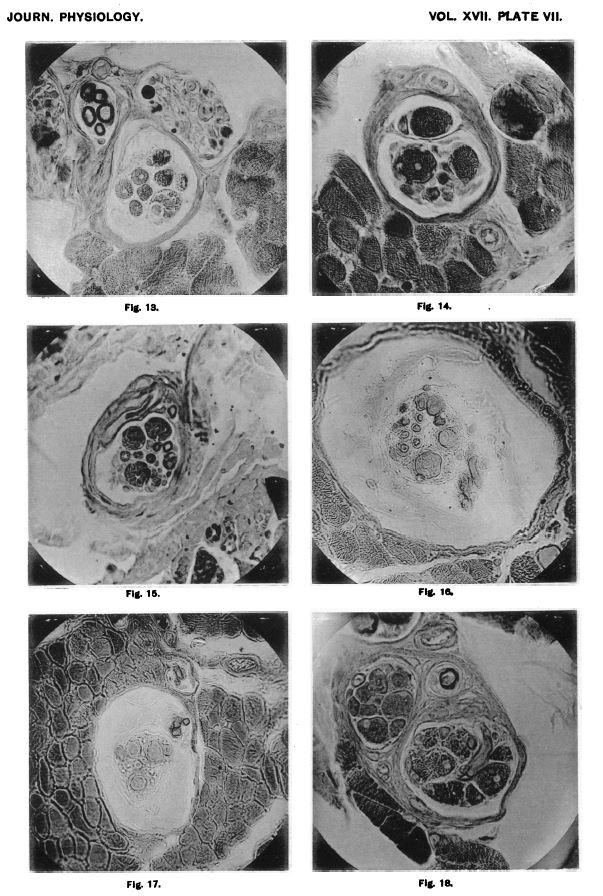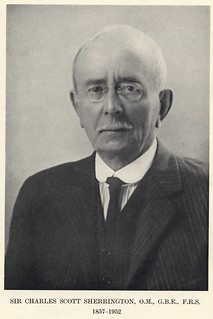In their 2007 book Objectivity, Science Studies scholars Lorraine Daston and Peter Galison discuss a particular form of objectivity that, they claim, emerged during the nineteenth cenutry. Daston and Galison suggest that by the end of the nineteenth century, previously-held ideals of what constituted scientific truth, such as the search for 'ideal types' of natural objects, had come to be accompanied by new, rather different approaches. For example, Daston and Galison claim that by the late nineteenth century, many scientists had come to concern themselves not with discovering truly representative natural objects, but with recording nature using scientific instrumentation. Eighteenth century natural philosophers' claims to have identified perfect exemplars that typified nature were being challenged by the results of studies that used mechanical recording devices to inscribe the actions of nature automatically. Key to this development, Daston and Galison suggest, was a belief that mechanisms that avoided any need for human participation in their operation were able to capture phenomena that were either imperceptible to, or looked over by, the discerning eyes of natural philosophers. Here, I want to suggest that during his early career at least, the physiologist Charles Scott Sherrington became an enthusiastic advocate of this mechanism-centred way of investigating nature.
As one of the first scientists to be trained in the newly-founded physiology laboratories of 1880s Britain, Sherrington was early on immersed in a culture in which the recording, measurement and delineation of bodies held precedence over other forms of scientific observation. The laboratory founded by Michael Foster at Cambridge, in which Sherrington completed his undergraduate studies, took its cue from the already-existent Cavendish physics laboratory. Figures such as Foster, John Newport Langley and Sherrington's mentor Walter Holbrook Gaskell strove there to develop means by which the rhythms of living organs and their relation to one another could be made visible and mappable, and thereby subject to precise calculation. For these physiologists, mechanical recording and anatomical mapping went hand in hand, and ultimately held out the prospect of the development of physical explanations of organic activities as they related to specific organs of the body.
Sherrington's early research fitted closely with the aims and goals of his Cambridge mentors. In particular, his laboratory training placed him in a position to take advantage of the emergence of a relatively new technique of neurological investigation: that of the instigation of 'secondary degeneration' in experimental animals. Historian of medical science Chris Lawrence notes that although the phenomenon in which nerves disintegrated following the introduction of a lesion to them had been described by Augustus Volney Waller as early as 1850, it was only during the 1870s and 1880s - when Sherrington was a student at Cambridge - that 'degeneration' studies began to be taken up by British physiologists in any systematic manner. Starting in 1884, Sherrington gradually built up a reputation as one of its most most acute and productive proponents. His approach, which came to be known as 'successive degeneration', was simple: first, identify the areas of a body that a particular reaction could be electrically stimulated from; and second, systematically cut the nerves leading away from these areas, applying further stimulation as each nerve is cut. By monitoring changes in the reactions of the animals subject to this technique, it would (experimental physiologists believed) be possible to identify the specific nerves responsible for the instigation of specific bodily activities. Bodily functions, it seemed, could be linked to the structure of the nervous system with hitherto unobtainable accuracy.
For the first two decades of his career, Sherrington presented his degeneration studies as cautious contributions to the gradual accumulation of evidence regarding the physical nature of nervous life. He focused almost exclusively on the simpler forms of nervous existence (especially those associated with antagonistic muscular actions such as the 'knee jerk'). Furthermore, the mode in which Sherrington presented his work owed as much to the formulae, tables and calculations of the Cavendish physicists as it did to the anatomic accuracy of his Cambridge mentors. Rather than present lavish illustrations of his nerve investigations, as had Gaskell (fig. 1), Sherrington supplied tables of response measurements, graphs of reaction-intensities, and introduced grids with which he might reduce the complexity of nervous anatomy (fig. 2). His study addressing the pioneering histological work of Angelo Ruffini replaced the latter's all-encompassing hand-drawn delineations (fig. 3) with a series of microphotographs (fig. 4). Sherrington's work was well received. As James Mussell highlights, his papers came to be held up as exemplars of effective scientific communication.
The science of experimental physiology as it developed in Sherrington's work, can thereby be closely associated with the tendency towards the analysis and delineation of nature by mechanical means. In the case of Sherrington's early career then, Daston and Galison's suggestion that the late nineteenth century witnessed the emergence of a particularly strong faith in the potential of mechanisms to reveal nature is well made. However, it should also be noted that Sherrington's early confidence in this techology-centred mode of investigation was not an unproblematic aspect of his career. As discussed in another post on this site, by the early twentieth century Sherrington had begun to encounter problems that did not yield so easily to the technological delineation of nature.
- No links match your filters. Clear Filters
-
Cites
 A. Ruffini, 'On the Minute Anatomy of the Neuromuscular Spindles of the Cat, and on their Physiological Significance', Journal of Physiology 23 (3) (1898), pp. 190-208.
A. Ruffini, 'On the Minute Anatomy of the Neuromuscular Spindles of the Cat, and on their Physiological Significance', Journal of Physiology 23 (3) (1898), pp. 190-208.
Description:Sherrington's 'study addressing the pioneering histological work of Angelo Ruffini replaced the latter's all-encompassing hand-drawn delineations (fig. 3) with a series of microphotographs (fig. 4).'
-
Cites
 C. Lawrence, 'Degeneration Under the Microscope at the fin de siècle', Annals of Science 66 (4) (2009), pp. 455-471.
C. Lawrence, 'Degeneration Under the Microscope at the fin de siècle', Annals of Science 66 (4) (2009), pp. 455-471.
Description:'Historian of medical science Chris Lawrence notes that although the phenomenon in which nerves disintegrated following the introduction of a lesion to them had been described by Augustus Volney Waller as early as 1850, it was only during the 1870s and 1880s - when Sherrington was a student at Cambridge - that 'degeneration' studies began to be taken up by British physiologists in any systematic manner.'
-
Cites
 C.S. Sherrington, 'Note on the Spinal portion of some Ascending Degenerations', Journal of Physiology 14 (4-5) (1893), pp. 255-302.
C.S. Sherrington, 'Note on the Spinal portion of some Ascending Degenerations', Journal of Physiology 14 (4-5) (1893), pp. 255-302.
Description:'the mode in which Sherrington presented his [early] work owed as much to the formulae, tables and calculations of the Cavendish physicists as it did to the anatomic accuracy of his Cambridge mentors. Rather than present lavish illustrations of his nerve investigations, as had Gaskell (fig. 1), Sherrington supplied tables of response measurements, graphs of reaction-intensities, and introduced grids with which he might reduce the complexity of nervous anatomy (fig. 2).'
-
Cites
 C.S. Sherrington, 'On the Anatomical Constitution of Nerves of Skeletal Muscles; with Remarks on Recurrent Fibres in the Ventral Spinal Nerve-root', Journal of Physiology 17 (3-4) (1894), pp. 210-258.
C.S. Sherrington, 'On the Anatomical Constitution of Nerves of Skeletal Muscles; with Remarks on Recurrent Fibres in the Ventral Spinal Nerve-root', Journal of Physiology 17 (3-4) (1894), pp. 210-258.
Description:'Rather than present lavish illustrations of his nerve investigations, as had Gaskell (fig. 1), Sherrington supplied tables of response measurements, graphs of reaction-intensities, and introduced grids with which he might reduce the complexity of nervous anatomy (fig. 2). His study addressing the pioneering histological work of Angelo Ruffini replaced the latter's all-encompassing hand-drawn delineations (fig. 3) with a series of microphotographs (fig. 4).'
-
Cites
 J. Mussell, 'Private Practices and Public Knowledge: Science, Professionalization and Gender in the Late Nineteenth Century', Nineteenth-Century Gender Studies 5 (2) (2009).
J. Mussell, 'Private Practices and Public Knowledge: Science, Professionalization and Gender in the Late Nineteenth Century', Nineteenth-Century Gender Studies 5 (2) (2009).
Description:'Sherrington's [early] work was well received. As James Mussell highlights, his papers came to be held up as exemplars of effective scientific communication.'
-
Cites
 L. Daston and P. Galison, Objectivity (New York: Zone Books, 2007).
L. Daston and P. Galison, Objectivity (New York: Zone Books, 2007).
Description:
'Attending to the device of the cinematograph thus not only presents a means of better understanding historical changes to scientific epistemology such as those outlined by Lorraine Daston and Peter Galison (2007), but also brings to the fore a significant episode in the history of relations between metaphysics and knowledge concerning nature more generally. Though Daston and Galison science present a greatly more satisfying account of the epistemological concerns of turn-of-the-twentieth-century scientists than did Bergson, they similarly characterize the technical epistemology of the time as ‘mechanical.’ This paper shows that such terminology obscures both conceptual changes within early-twentieth century physiology and psychology themselves, and the historical status of tools as participants in these changes.'
-
Cites
 W.H. Gaskell, 'On the Structure, Distribution and Function of the Nerves which innervate the Visceral and Vascular Systems', Journal of Physiology 7 (1) (1886), pp. 1-80.
W.H. Gaskell, 'On the Structure, Distribution and Function of the Nerves which innervate the Visceral and Vascular Systems', Journal of Physiology 7 (1) (1886), pp. 1-80.
Description:'Rather than present lavish illustrations of his nerve investigations, as had Gaskell (fig. 1), Sherrington supplied tables of response measurements, graphs of reaction-intensities, and introduced grids with which he might reduce the complexity of nervous anatomy (fig. 2).'













